
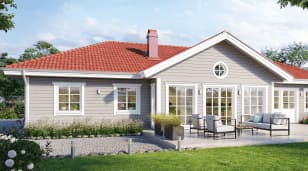
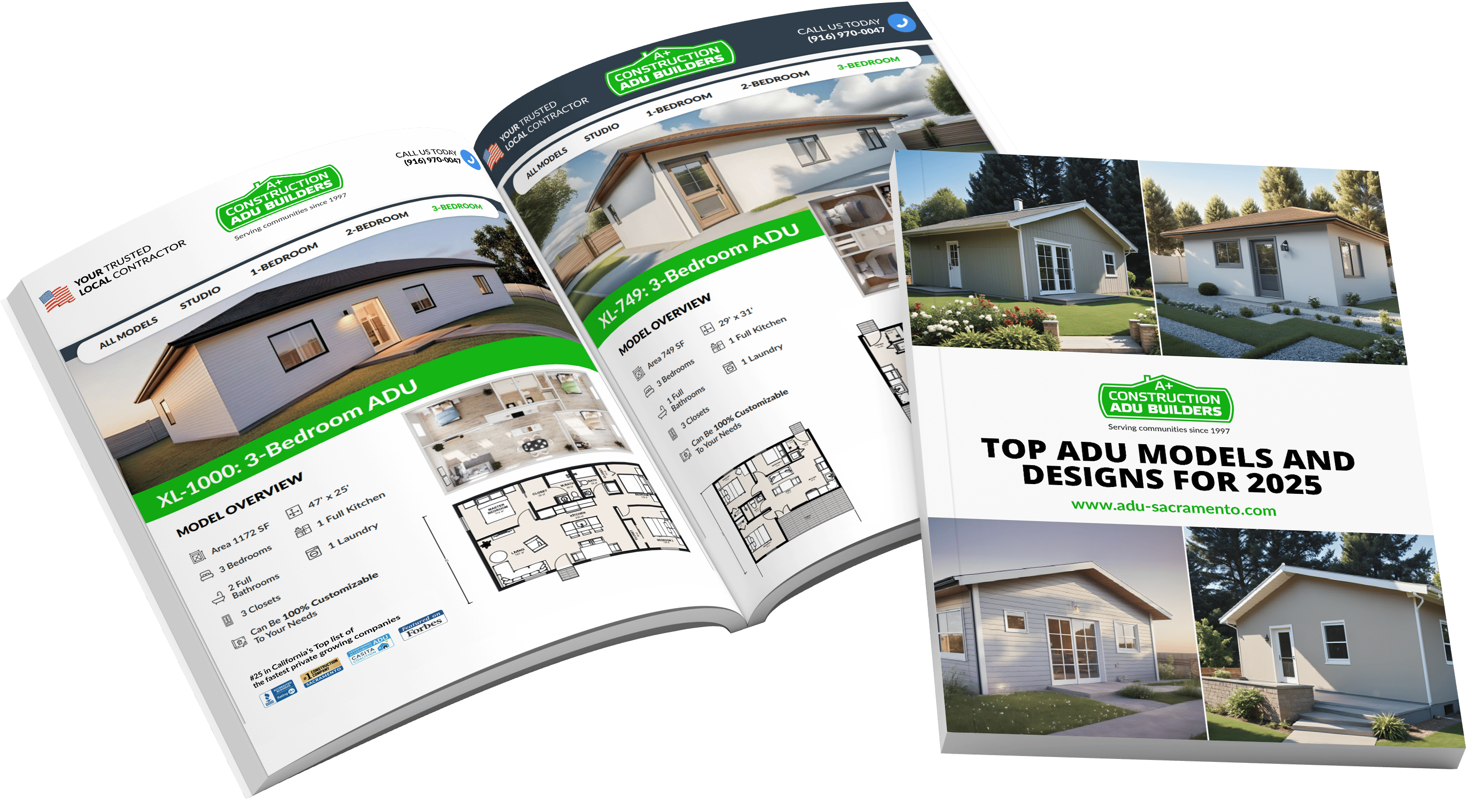


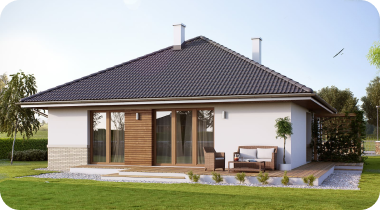
A link to download your FREE brochure will be in your inbox in 3 minutes
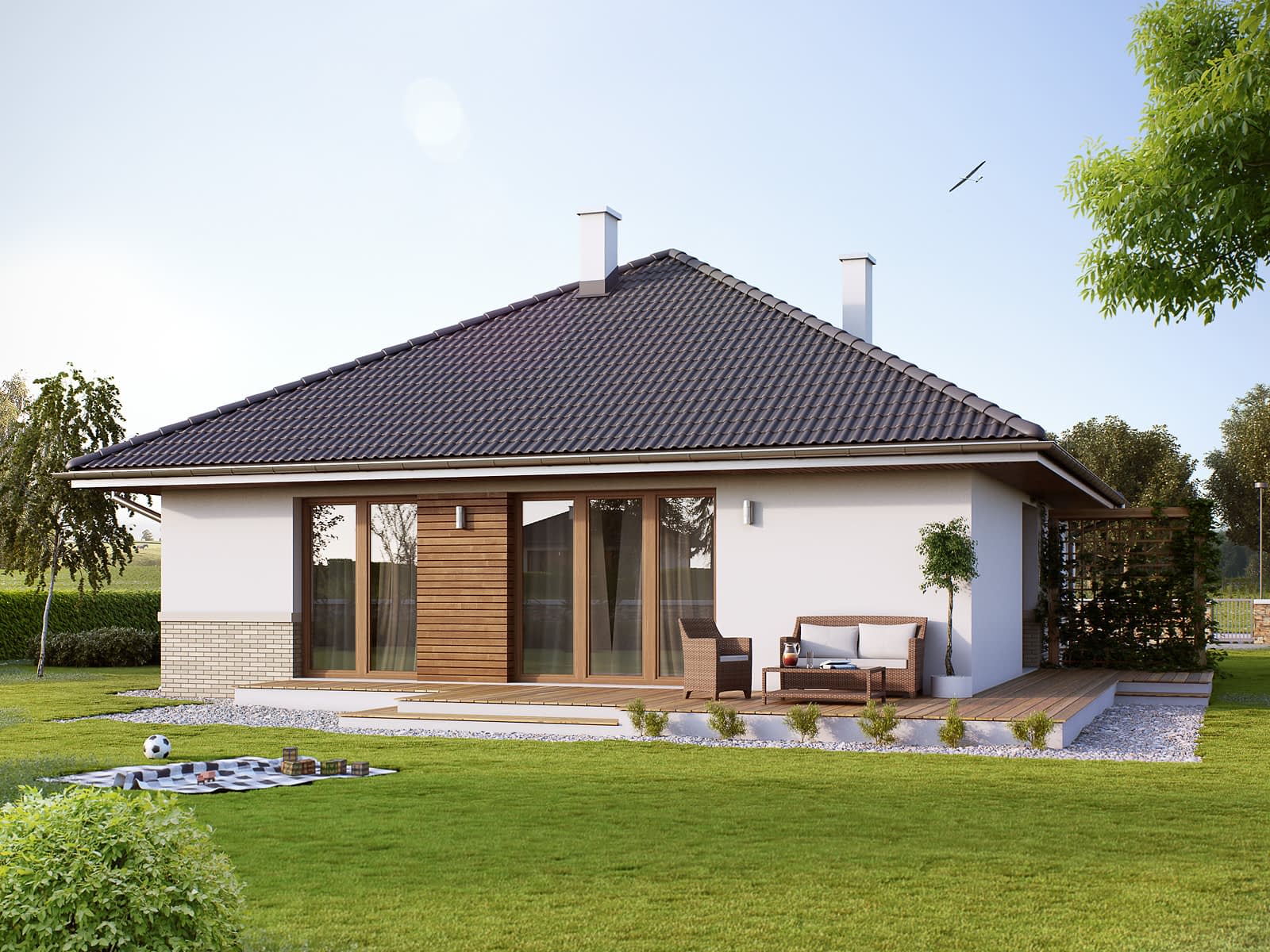


















The final price may vary based on project specifics.
To get a free accurate quote tailored to your needs, book a consultation with us today!

The price per square foot provided is an average and may vary depending on project-specific details such as materials, location, complexity, and other factors. Actual costs may differ from the average provided.
It is recommended to obtain a detailed quote based on the specific requirements of your project.

Please note that the monthly payment displayed on this page is an estimate and is subject to variation based on the selected loan product, applicants credit score, loan amount, and other financial details. Actual monthly payment may differ from the estimate provided.
It is recommended to seek advice from a financial advisor or loan officer to obtain precise payment information tailored to individual circumstances.
 Your Trusted
Local Contractor
Your Trusted
Local Contractor
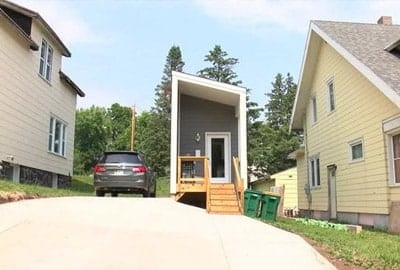
The tiny house movement has taken the world by storm, with many people captivated by the idea of tiny house living and the dream of embracing the tiny house lifestyle. Yet, as enthusiastic tiny house owners set out on their tiny house journey, they're often met with the essential question: "Where do you put tiny homes?" Finding the right spot for your tiny home is crucial for a comfortable, lawful, and fulfilling tiny living experience.
Delving deeper into the tiny house movement, we find a plethora of tiny house types, each echoing a unique lifestyle and set of benefits. Tiny homes aren't just one-size-fits-all; they come in various forms, allowing individuals to tailor their tiny house living experience according to personal preferences.
Firstly, there are the iconic tiny houses on wheels. Mobile and versatile, they provide flexibility in choosing locations. Wondering "where do you put tiny homes" of this kind? Think RV parks or any location allowing recreational vehicles. Their mobility allows owners to frequently change settings, offering dynamic experiences.
Tiny houses built on permanent foundations are more stationary. While they might require strict adherence to building codes and zoning laws, they offer a sense of permanency. They often have the appeal of traditional housing without the heavy housing costs.
Accessory dwelling units (ADUs), on the other hand, act as secondary structures on a single-family home property. They're fantastic for housing family members or renting out for extra income. The challenge with ADUs, however, lies in local ordinances and building codes. Some municipalities are more tiny house friendly than others, allowing ADUs to foster affordable housing solutions.
Then we have tiny house communities, which are growing in popularity. They present a harmonious blend of private and community living. Each tiny home within these communities often has its personal space, while shared amenities promote a sense of community. Living here means having like-minded neighbors who share your tiny house dreams and values.
One of the beauties of tiny homes on wheels is the flexibility they offer. However, while the idea of parking anywhere might sound enticing, there are several factors to consider:
In essence, the type of tiny home you choose profoundly impacts your tiny house journey. It determines where you can park or build, what regulations you must follow, and the kind of tiny house lifestyle you'll lead.
Whether it's the allure of mobility with a tiny home on wheels or the community vibe of tiny house communities, the benefits are vast, inviting more individuals to embrace this transformative lifestyle.
A successful tiny house journey requires meticulous planning. Think about:
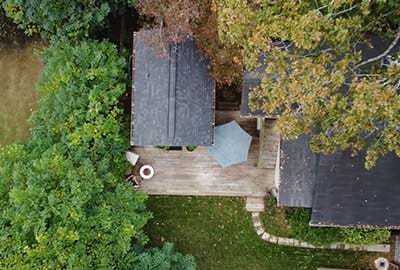
Generally speaking, no. Tiny houses, whether stationary or on wheels, face restrictions. Tiny houses built on a permanent foundation often have to adhere to local building codes and zoning laws just like any traditional home. Meanwhile, tiny homes on wheels may face restrictions similar to recreational vehicles.
However, there is always an option for building a tiny house in a tiny home friendly community where a tiny house on wheels is a normal thing. Talk to the representatives of a tiny home village to discuss the possibility of your accessory dwelling unit to be placed nearby.
The legal landscape for tiny homes is ever-evolving:
A tiny house community is always ready to help you with info where to put a tiny house for better value. Also, they can educate you on different laws concerning a tiny home, the difference from a recreational vehicle, allowed square footage, and necessity of tiny house parking. In the end, these people are always ready to help you enter the tiny home community.
When searching for the perfect place, think of your long-term vision:
Don't forget about the consultations with local municipalities or city officials concerning the county regulations and zoning codes you should obey before you build a tiny house.
Also, local zoning departments with their local zoning ordinances or international residential code affect building regulations of both moveable and permanent housing.
In conclusion, while the tiny house movement presents an alluring path to minimalism and financial freedom, potential tiny homeowners need to navigate a myriad of regulations. As the demand for affordable housing options like tiny homes grows, it’s our hope that more cities will adopt flexible regulations to support this sustainable housing option.
Yes. Cities like Salt Lake City have become known for being tiny house friendly, with specific zoning ordinances that accommodate tiny home living.
No. National parks have strict regulations, and tiny houses or recreational vehicles are typically not allowed for extended stays. However, tiny home communities are always ready to have your private property nearby as local rules allow placing a small house in such dispersed camping.
Depending on the area and the type of tiny home, a building permit might be necessary. Always consult with the local government or real estate professional before proceeding.
Get a First Look at Real ADU Projects